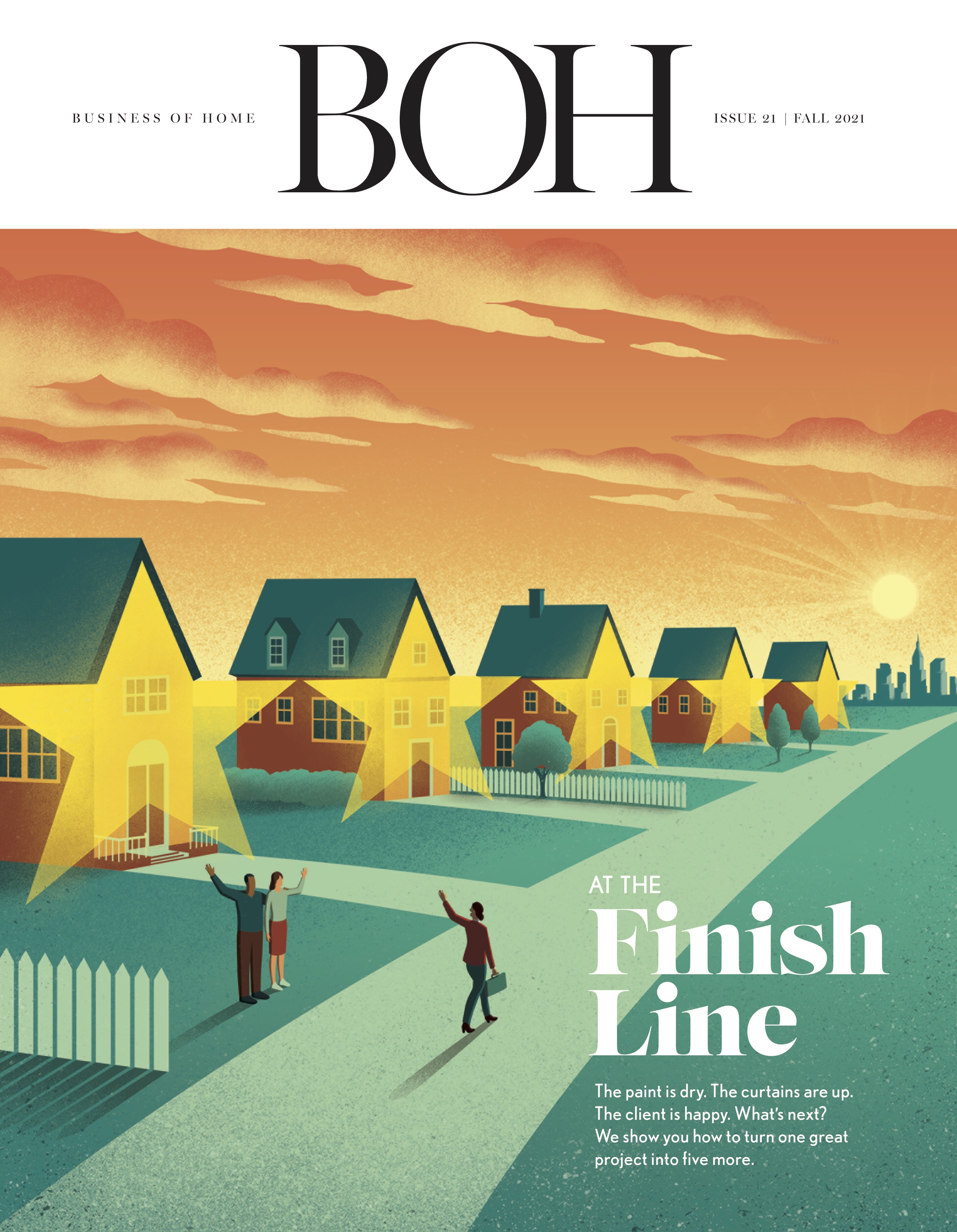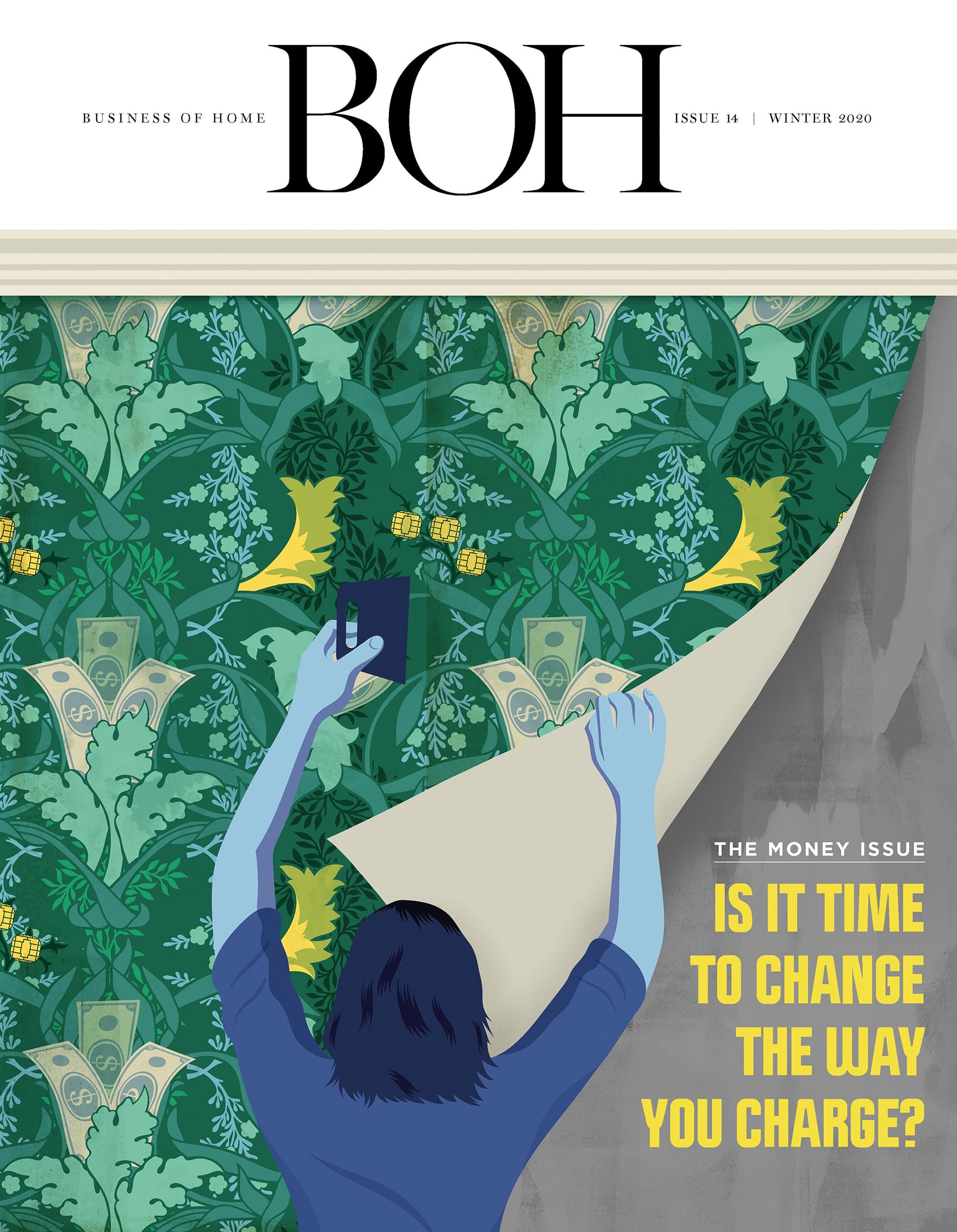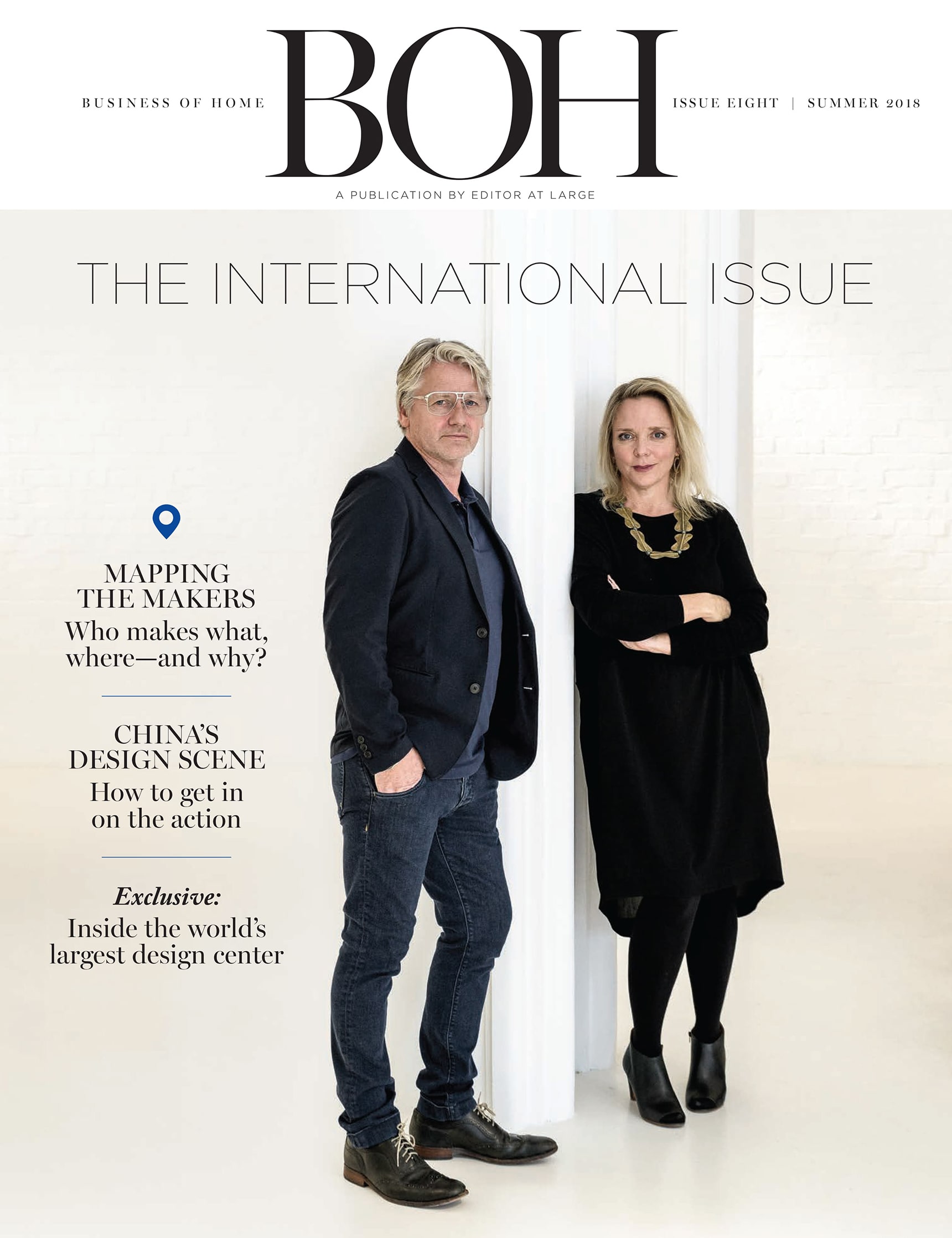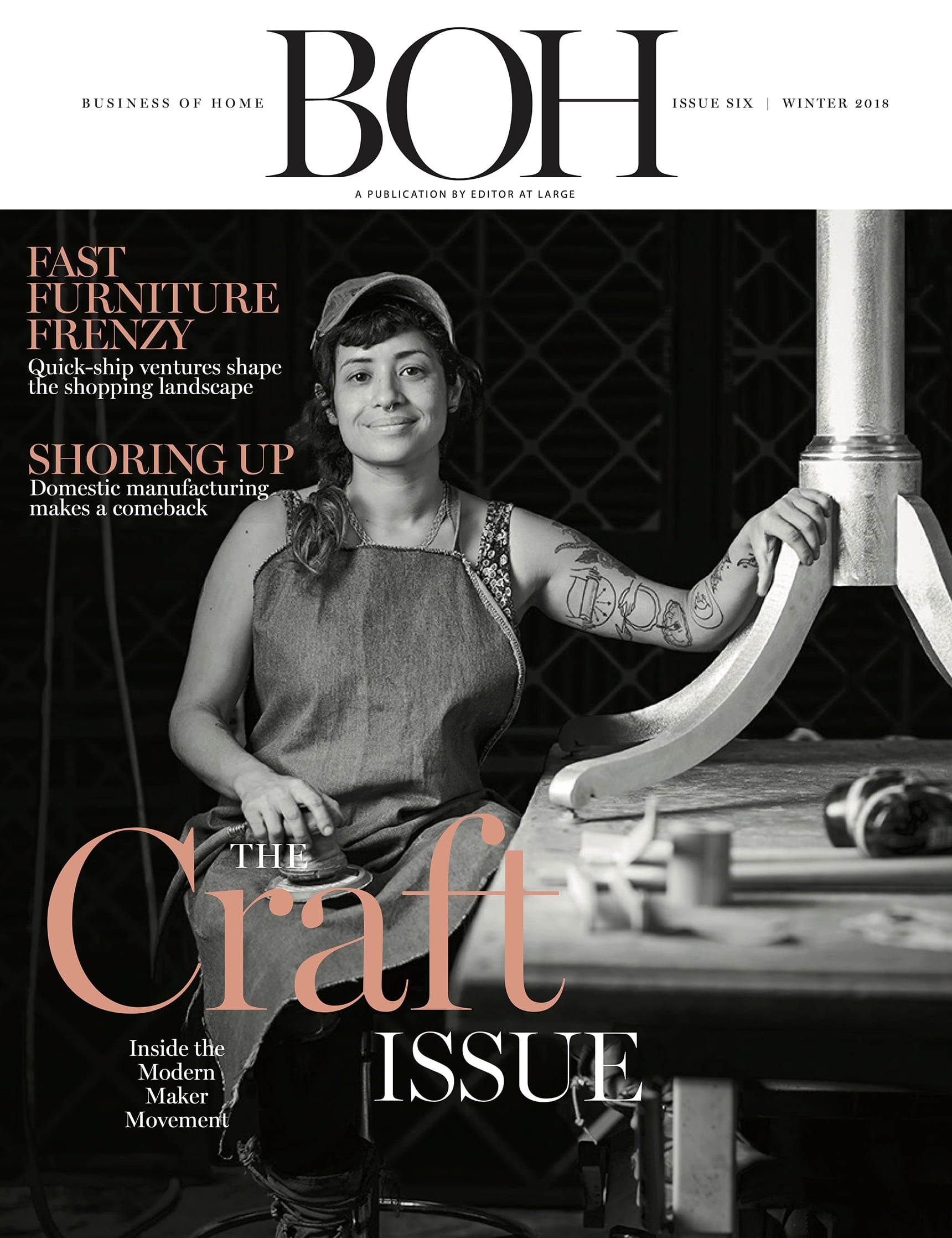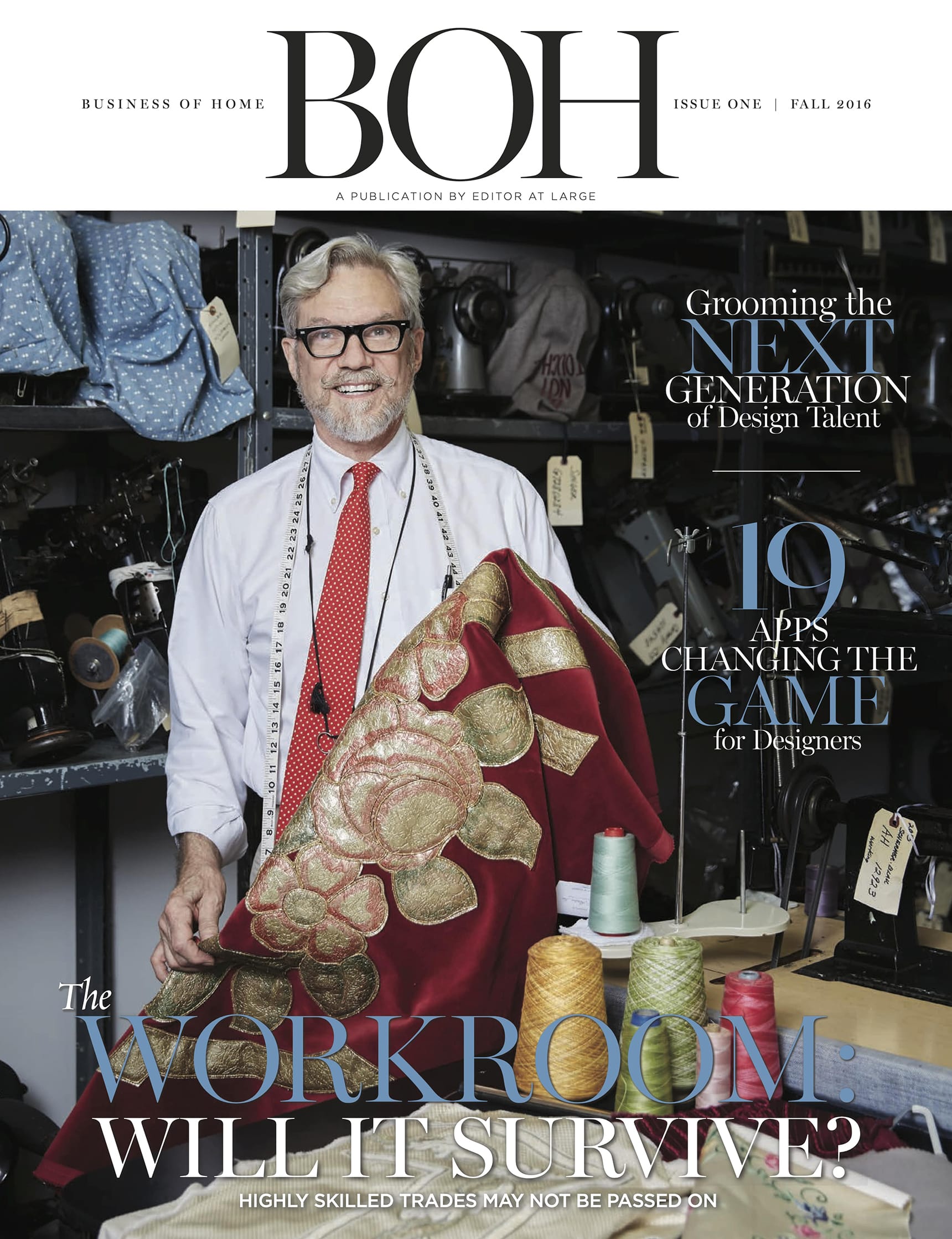With an emphasis on sustainable materials and honesty in craftsmanship, the design elements and ethos of the late 19th-century Arts and Crafts movement continue to endure.
Though simple in design, Arts and Crafts–style furnishings are wild in spirit. Born in response to the first-ever wave of mass-produced furniture that came to dominate the Victorian era, the British movement rose to prominence in the latter half of the 19th century with a mission to raise the standards for the decorative arts. “For the pioneers of the Arts and Crafts movement, their work was largely in contrast to the machine-made home items of the industrial age,” says Catherine Sidwell, senior archivist at British luxury furnishings company Sanderson Design Group. “They rejected heavy ornamentation and the imitation of materials.”
It’s a philosophy that still resonates, and has inspired a growing number of designers in today’s world of fast furniture and fleeting decor trends. “We are in an era when integrity of making, and a sense of timelessness, are of particular value,” says British designer Ben Pentreath, who frequently draws from the period for his projects. “Where have things come from, and how are they made? With what and by whom? These are the questions that the early Arts and Crafts [proponents] were asking every day. One hundred years on, those values feel pressing.”

BOH subscribers and BOH Insiders.



















